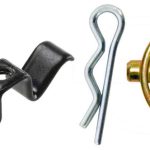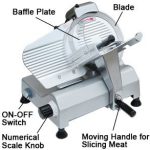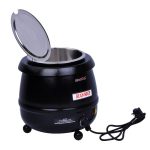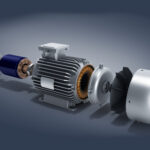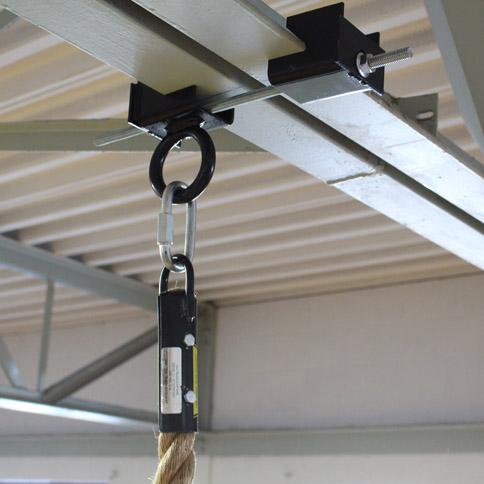
Beam clamps are temporary fixing solutions and are also known as girder clamps. They are used to secure or remove fixtures and other hardware. It provides a portable and simple method of attaching a hoist to a lifting beam or a runway. They are available in different capacities and designs. These are pieces of lifting equipment available in both adjustable and fixed sizes, have screw locking, scissor action, or fixing of bolt clamp, and are appropriate for a wide variety of applications. The applications could be both permanent or temporary. This equipment is commonly used in industries that involve steel, transportation, construction, and mining.
How to Use Beam Clamps?
For using beam clamps first, you need to select an appropriate connection point. This is typically a hot-rolled section like a universal beam. Still, there is potential to involve other steel sections because a lower flange is compatible with the chosen clamp.
The lead screw is unwounded to accept the rafter and then rewound firmly secured on its proper load-bearing parts. While working with beam clamps, it is important to consider the safety requirements.
The most crucial thing to understand is that the beam clamp itself is vital for any clamp application. Therefore, it is necessary to ensure that the clamp is safe and that a person who knows how to use it is working on it. the person must ensure that:
- The beam is a compatible profile to engage the clamp properly.
- It has enough local strength to ensure that the flange does get away.
- Consists of sufficient bulk strength between the supports
- Consists of a good supporting structure that includes any connection point to the beam.
- Does not create any risks of the clamp slipping sideways off the end of the beam portion.
It is important to consider how important these clamps are in lifting applications. They are also used in other applications such as tension loads, pulling equipment, or holding items in place. However, while working with equipment used for other purposes along with lifting, they should not be subsequently used for lifting applications.
The operating personnel must ensure that the space is clear before using the clamp and that there is no one underneath the load while lifting it.
Types of Beam Clamps
The most common types of beam clamps are standard clamp, plain, and geared beam trollies.
Standard Clamp
The position fixing solution is simple and features a set of jaws that can be opened and closed with the help of a threaded handle. The jaws can be fitted around the beam and tightened and secured in that place, providing a stationary attachment section for suspending or lifting devices.
Plain Clamp
The plain versions offer greater flexibility which means that you can freely move along the beam. This makes it easier to move the load along the beam.
Geared Beam Trollies
Geared beam trollies are similar to the plain type, but this type consists of wheels fitted with a gear and a chain. This allows the operator to precisely move the load along the beam, making it easier to move.
Factors to Consider Before Buying
When buying clamps, it is important to consider a few necessary things t ensure that you purchase the right product for your solutions. Some of these considerations include:
- The clamp type is an important consideration, such as adjustable, non-adjustable, scissor, bolt action, or screw.
- Capacity and beam size are crucial to be considered.
- Check compatibility with the beam.
- The lifting equipment that will be used.
- Consider whether the application is temporary or permanent.
Installation of a Beam Clamp
After selecting the right type of clamp for your application, it is important to ensure that you have enough information to install it properly and avoid damage to yourself or the equipment.
To install the piece of equipment properly, follow the following simple steps:
- First, make sure to open the clamp jaw wide enough so that it can properly fit around the beam
- Then by using a screw handle, make sure to tighten the clamp over the beam until it is secure enough before attaching any loads.
- Check again that the connection is tight and secure enough because you would not want the load to slip during the lifting process.
These clamps are very easy to install, and most people can do them by themselves. However, it is always important to consider any precautionary measures for safety purposes for any specific installations.








